BLOG
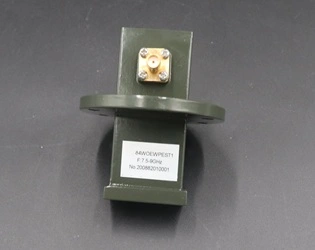
What are the key factors that influence the accuracy of near-field measurements in antenna testing?
March 25, 2025
Near-field antenna measurements have become essential in modern telecommunications, defense systems, and satellite communications. Understanding the factors that influence measurement accuracy is crucial for engineers and technicians working with antenna systems. The accuracy of near-field measurements directly impacts the reliability and performance of the final antenna systems deployed in critical applications. The Antenna Near Field Measurement Probe, a specialized instrument designed for precise electromagnetic field characterization, plays a pivotal role in achieving accurate measurements across various testing environments and configurations.
March 25, 2025
In the rapidly evolving world of microwave and millimeter-wave technology, antenna selection plays a crucial role in system performance. The Open Boundary Dual Linear Polarization Four Ridged Horn Antenna represents a significant advancement over conventional single-ridged designs. These sophisticated antennas offer superior bandwidth capabilities, enhanced polarization diversity, improved impedance matching, and more consistent radiation patterns across operating frequencies. For applications requiring high performance in challenging environments, the four-ridged design provides exceptional versatility and efficiency that single-ridged alternatives simply cannot match.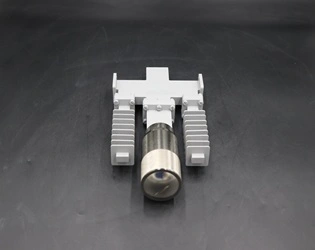
Can a Waveguide Variable Attenuator be used across different frequency bands?
March 24, 2025
Waveguide variable attenuators are essential components in microwave systems that precisely control signal strength. One common question among engineers and system designers is whether these attenuators can function effectively across different frequency bands. The answer is both yes and no – while specific waveguide variable attenuator models are designed for particular frequency ranges, Advanced Microwave Technologies offers a comprehensive series of attenuators covering multiple bands from 33 GHz to 110 GHz. This flexibility allows engineers to select the appropriate attenuator for their specific frequency requirements, though a single attenuator typically cannot cover the entire spectrum due to the physical constraints of waveguide dimensions and the electromagnetic properties that govern signal propagation at different frequencies.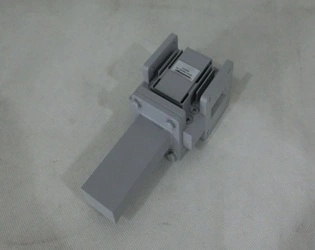
How do High Power Waveguide Circulators handle high power signals without damage?
March 24, 2025
High Power Waveguide Circulators are critical components in modern microwave and radar systems, designed to manage the flow of electromagnetic energy efficiently and safely. These specialized devices function as traffic controllers for RF signals, directing them along specific paths while preventing unwanted signal reflections. But how exactly do High Power Waveguide Circulators handle intense electromagnetic signals without sustaining damage? The secret lies in their sophisticated design principles, material composition, and thermal management capabilities. Advanced Microwave Technologies Co., Ltd., with over 20 years of industry experience, has pioneered innovative approaches to waveguide circulator technology that enable these devices to maintain performance integrity even under extreme power conditions.
What are the advantages of using a Waveguide Power Divider in microwave communication?
March 24, 2025
In the rapidly evolving landscape of microwave communication systems, the selection of high-performance components is crucial for achieving optimal signal integrity and system reliability. Waveguide Power Dividers stand out as essential components that offer significant advantages over alternative power division methods. These specialized devices efficiently divide an input signal into multiple output signals with minimal loss, making them indispensable in applications requiring precise power distribution such as satellite communications, radar systems, and defense networks. The exceptional performance characteristics of Waveguide Power Dividers—including superior power handling capabilities, minimal insertion loss, excellent isolation between output ports, and broad operational bandwidth—position them as the preferred choice for engineers designing mission-critical microwave systems where signal integrity cannot be compromised.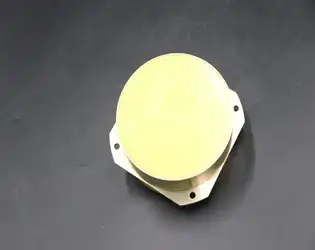
What is a planar spiral antenna and how does it differ from traditional antennas?
March 21, 2025
Planar Spiral Antennas represent a sophisticated advancement in antenna technology, offering unique characteristics that set them apart from conventional antenna designs. These ultra-wideband antennas feature a distinctive spiral pattern on a flat surface, allowing them to operate across an extraordinarily broad frequency range. Unlike traditional antennas that typically function within narrow frequency bands, the Planar Spiral Antenna maintains consistent performance across multiple gigahertz, making it exceptionally versatile for modern communication systems. The spiral configuration enables circular polarization, which is determined by the direction of the spiral itself, providing significant advantages in signal reception quality and resistance to multipath interference compared to linearly polarized traditional antennas. This innovative design radiates power effectively in its working area while minimizing radiation in structural extension directions, creating a focused, efficient communication solution for specialized applications in telecommunications, defense, and aerospace industries.
How does the design of a dual channel coaxial rotary joint enable seamless signal transfer?
March 21, 2025
The design of a Dual Channel Coaxial Rotary Joint represents a marvel of precision engineering that fundamentally transforms how signals are transmitted across rotating interfaces. These specialized components enable the continuous transfer of RF signals between stationary and rotating parts of a system without interruption or degradation. Through innovative electromagnetic coupling mechanisms, advanced contact systems, and precision manufacturing techniques, Dual Channel Coaxial Rotary Joints maintain signal integrity while allowing for unlimited rotation. This capability is crucial for applications where continuous movement and reliable signal transmission must coexist, such as in radar systems, satellite communications, and industrial automation. By incorporating specialized impedance-matching structures and carefully engineered conductive pathways, these joints eliminate the issues of signal loss, reflection, and interference that would otherwise occur at rotational boundaries.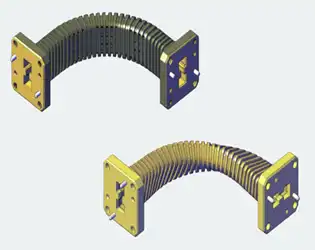
March 21, 2025
Double Ridged Flexible Waveguides represent a critical advancement in microwave transmission technology, offering significant benefits for high-frequency applications across multiple industries. These specialized waveguides combine the superior performance characteristics of double-ridged design with the practical advantages of flexible construction. The primary advantages of using Double Ridged Flexible Waveguides in high-frequency applications include enhanced bandwidth capabilities, improved signal integrity through reduced attenuation, and the ability to navigate complex installation environments without compromising performance. Advanced Microwave Technologies Co., Ltd, with over 20 years of industry experience, has developed these waveguides to address the increasing demands of modern communication systems, defense applications, and aerospace technologies where reliable high-frequency signal transmission is essential.




